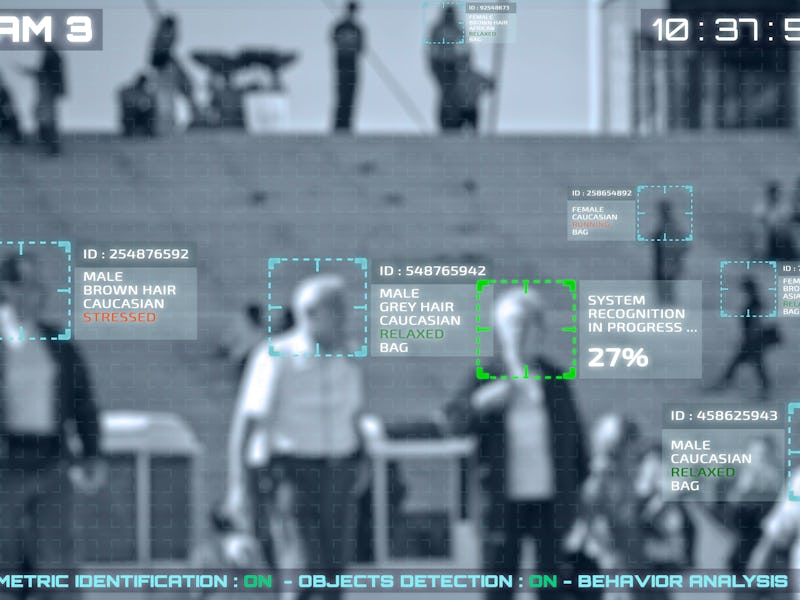Facial recognition industry set to make billions despite bans around the country
Thanks to governments and corproations investing heavily in facial recognition technology, the industry is expected to grow significantly.

Corporations and governments have been gradually adopting facial recognition technology for years, and it's looking like the industry is set to make a lot of money. According to a new report from the business analytics firm Adroit Market Research, the market will exceed $12 billion by 2025.
The report states that facial recognition is being "progressively being applied to various industries including construction, manufacturing, healthcare, and law enforcement." It explains that North America is the leader in adopting facial recognition technology, and it's being used for everything from securing phones to catching criminals.
The FBI is using machine learning algorithms to attempt to identify criminals using its database of over 640 million photographs of Americans, the report explains, and U.S. Customs and Border Patrol (CBP) is using facial recognition at the border for various purposes.
CBP is using facial recognition at over a dozen airports in the U.S. at this point, and it's also using it at certain entry points along the U.S.-Mexico border. The agency has been pushing to use facial recognition everywhere it can in recent years.
The report claims stationary 3D facial recognition is currently dominating the market and accounted for 60 percent of it in 2019. This type of facial recognition is what is used in the iPhone and other smartphones, and it can analyze the contours of someone's face to recognize it in most lighting conditions and regardless of the person's facial expression.
Though facial recognition can be useful for catching criminals, unlocking your phone and for various other purposes, many are worried about the proliferation of this kind of technology. They worry facial recognition could inaccurately identify people, especially since it frequently doesn't work well with accurately identifying people of color, and that it's generally violating people's privacy rights.
California, Oregon and New Hampshire have banned the use of facial recognition in police body cameras for these reasons. San Francisco and Oakland have banned government use of facial recognition altogether, but it can still be used on private property, such as in an apartment complex.
Forty organizations recently signed a letter calling for the U.S. government to ban the use of facial recognition “pending further review." Those organizations include the Electronic Frontier Foundation (EFF), Electronic Privacy Information Center (EPIC) and others.
"While we do not believe that that improved accuracy of facial recognition would justify further deployment, we do believe that the obvious problems with bias and discrimination in the systems that are currently in use is an additional reason to recommend a blanket moratorium," the letter reads.
A New York Times report from earlier this month found over 600 law enforcement agencies have used an app called Clearview A.I. in the past year that allows you to take a picture of someone in public and find out their name, address, social media profiles and more personal information about them. The app uses a database of over 3 billion pictures that were scraped off Facebook, Venmo, YouTube and other websites. Essentially, it allows law enforcement agents—whether they're from the local police or the FBI—to take pictures of anyone they want in public and learn a whole lot about them.
See also: The U.S. has more surveillance cameras per person than China
It seems likely more cities and states will ban facial recognition as concerns grow over its accuracy and how it's used, but it probably won't be banned everywhere, and it will continue to be used by many private companies. Facial recognition is here to stay, but perhaps the people can restrict its use if they make enough noise.